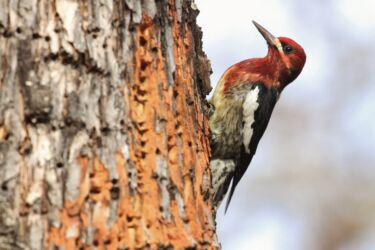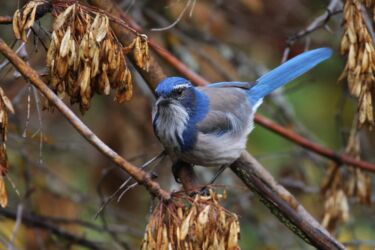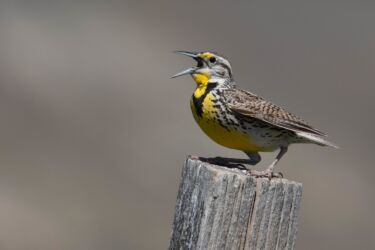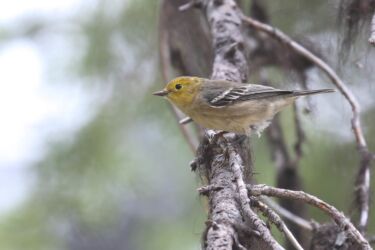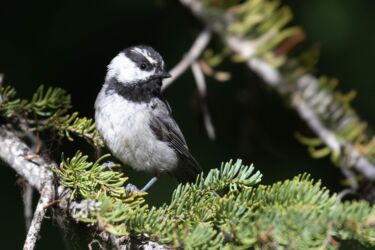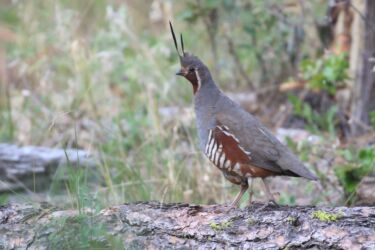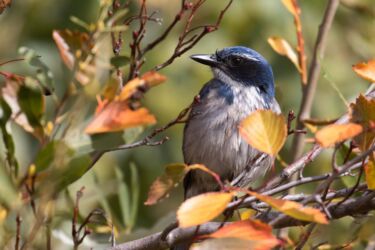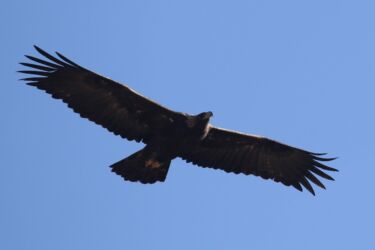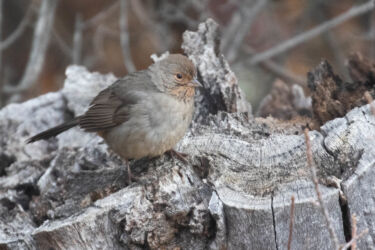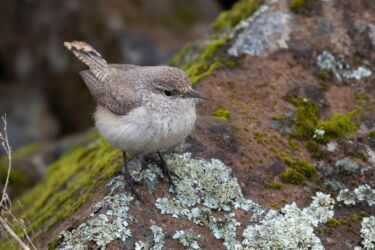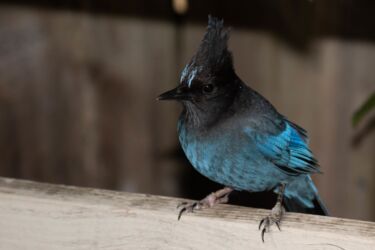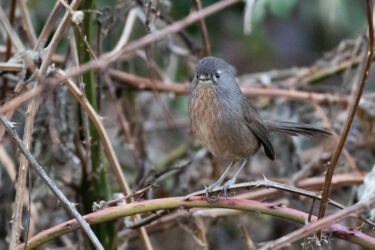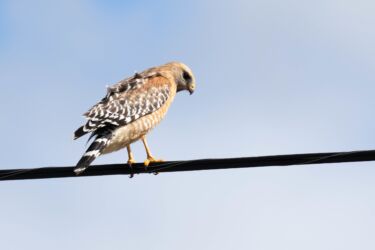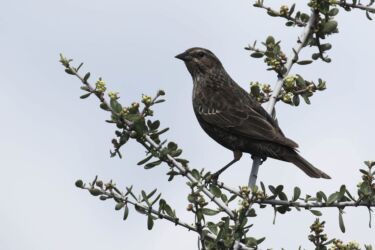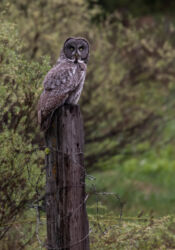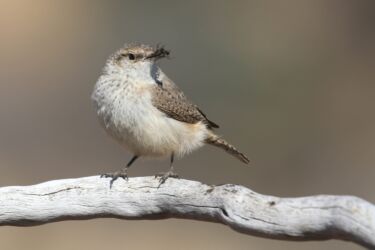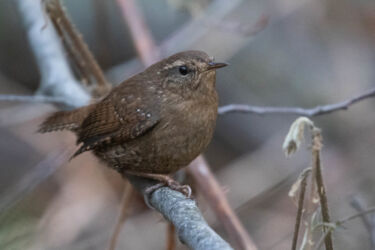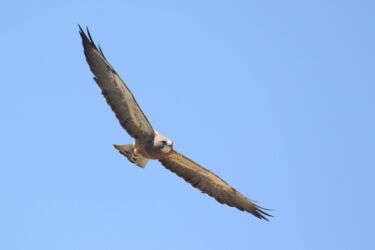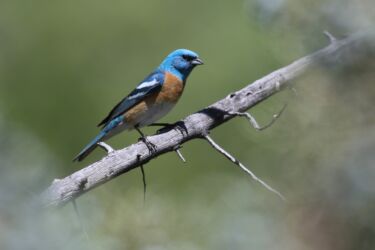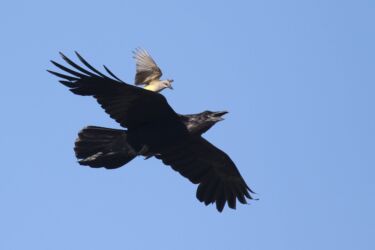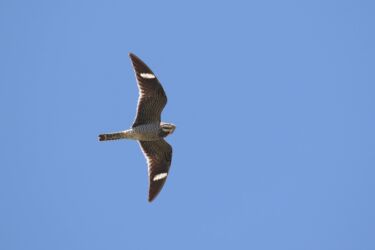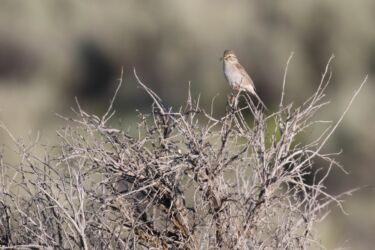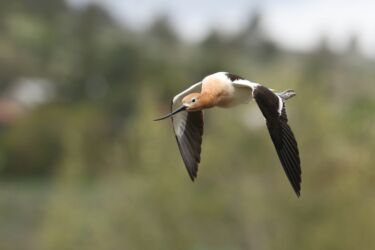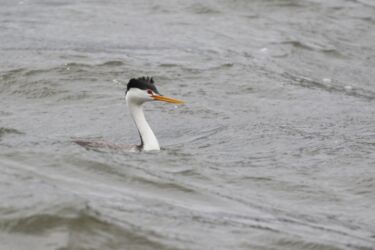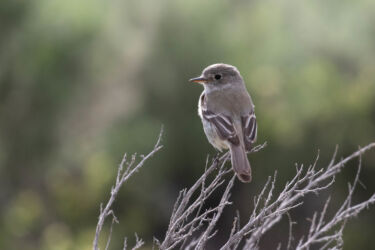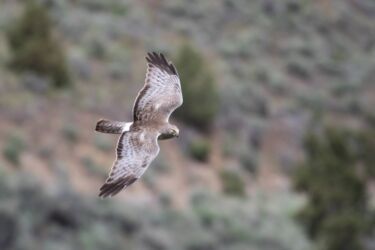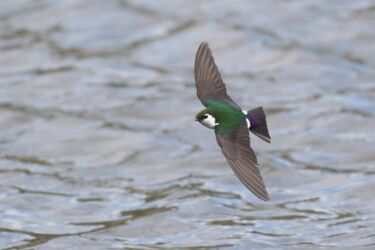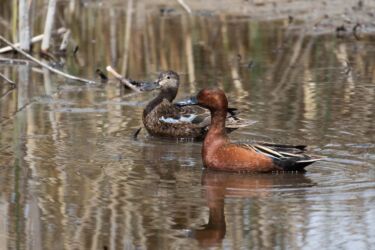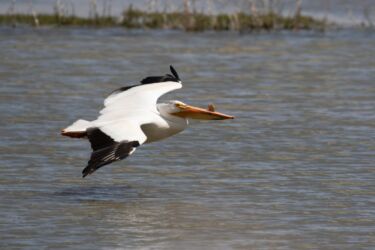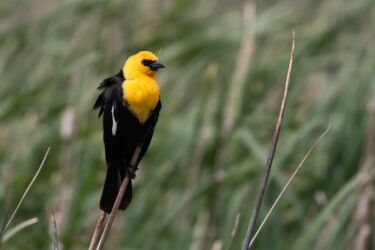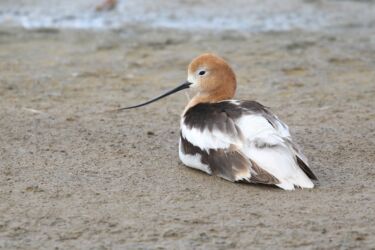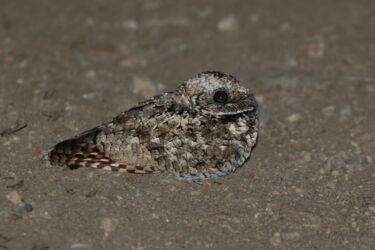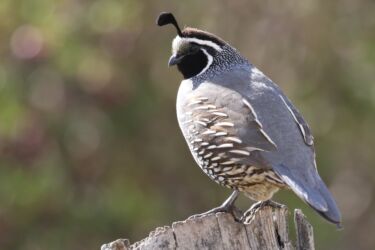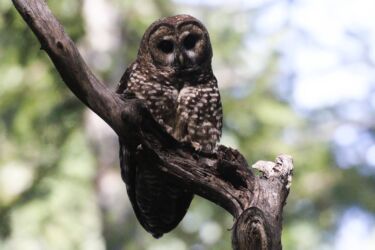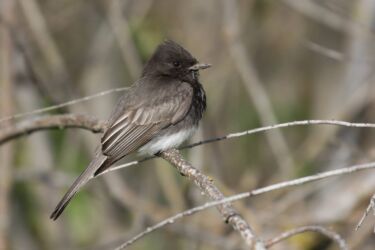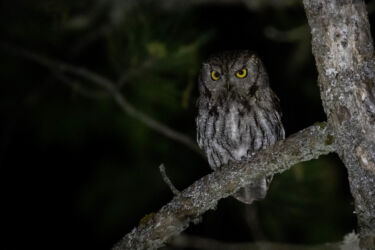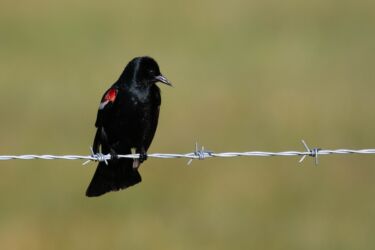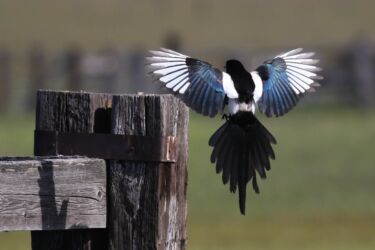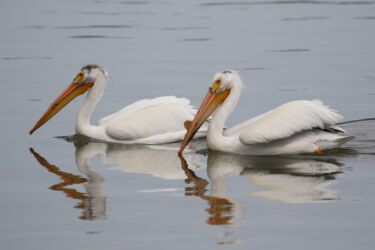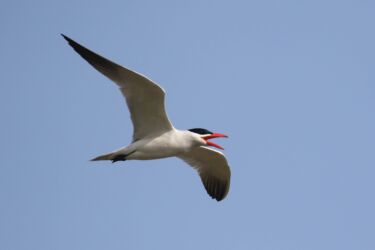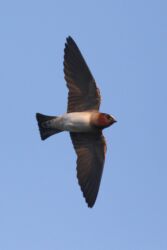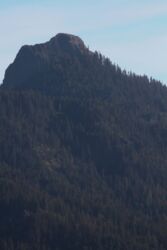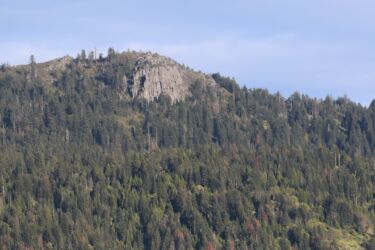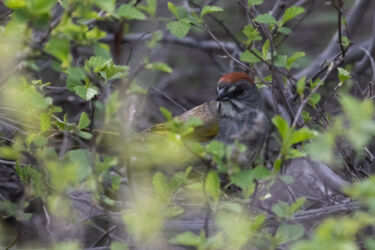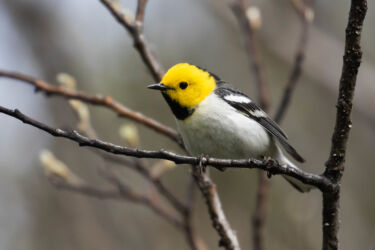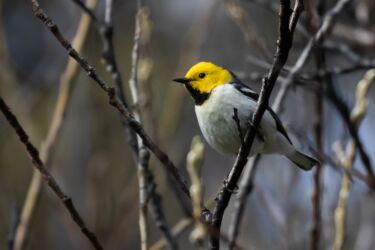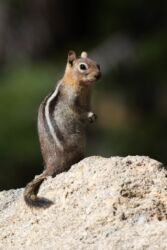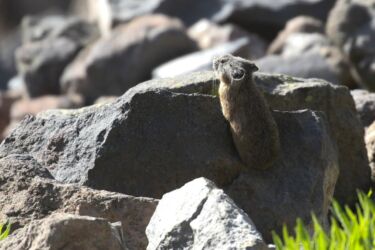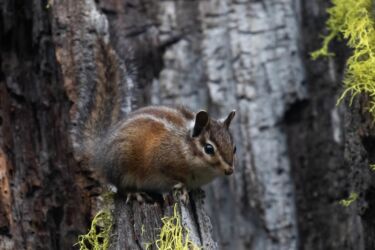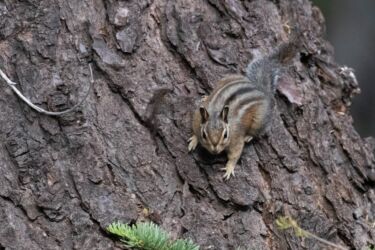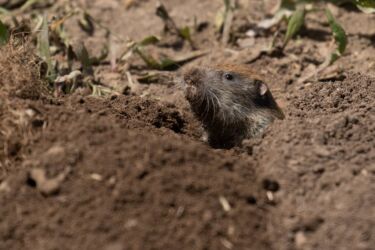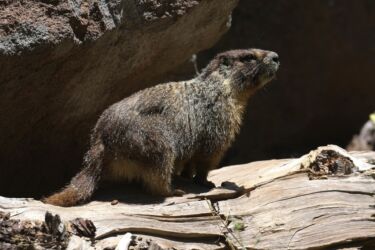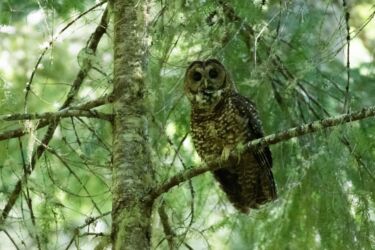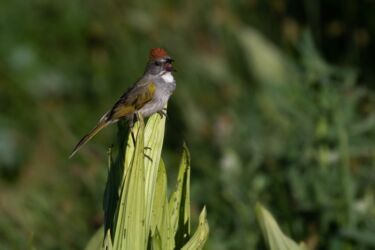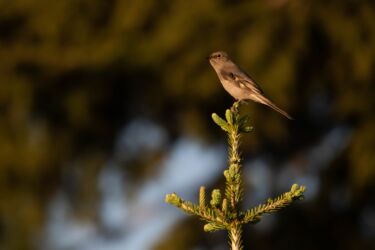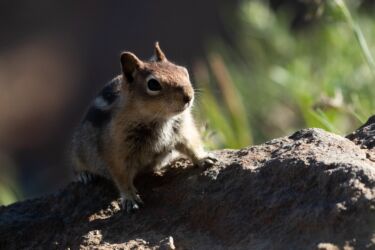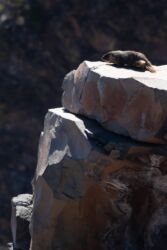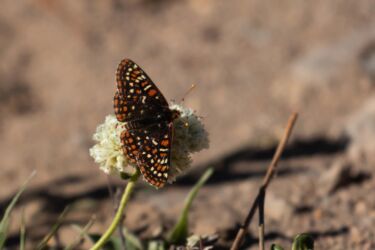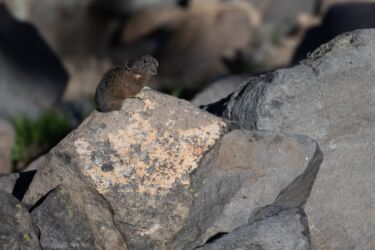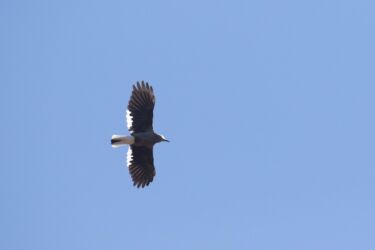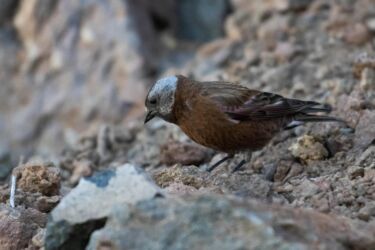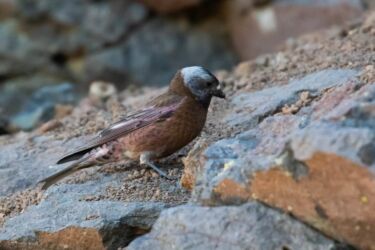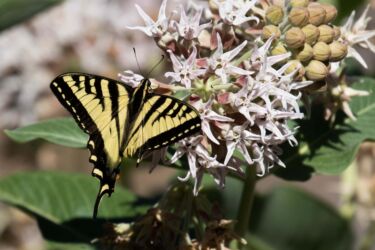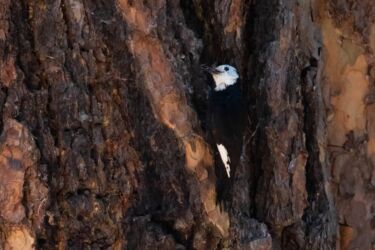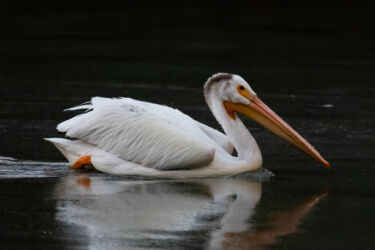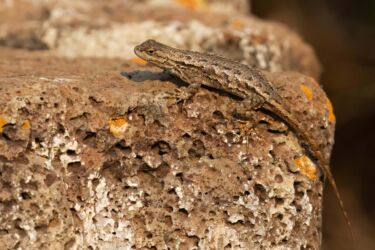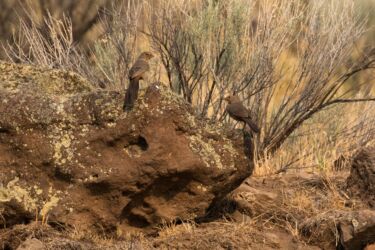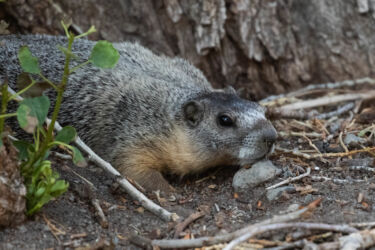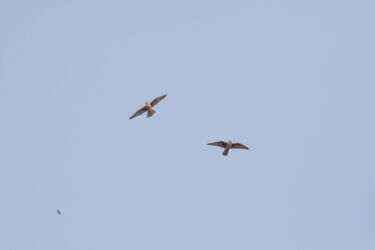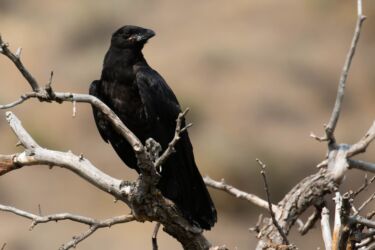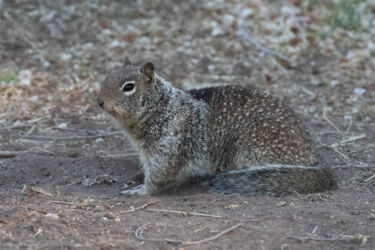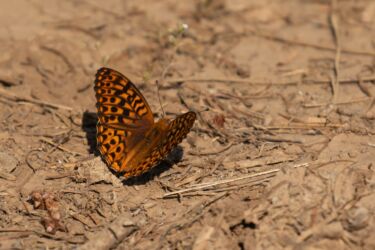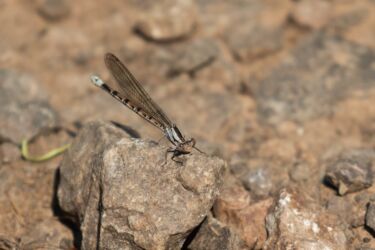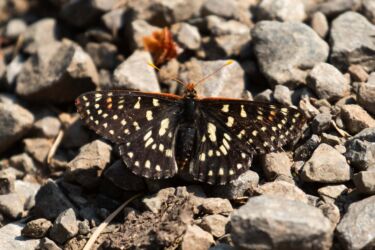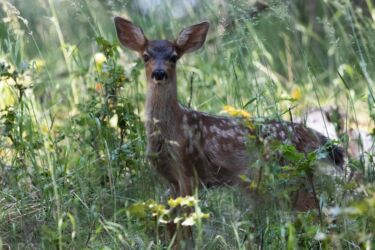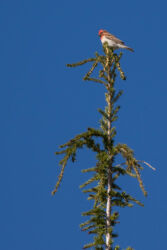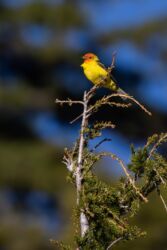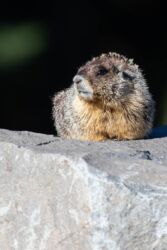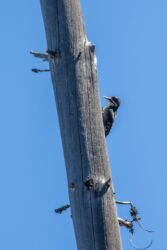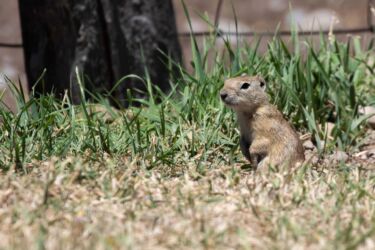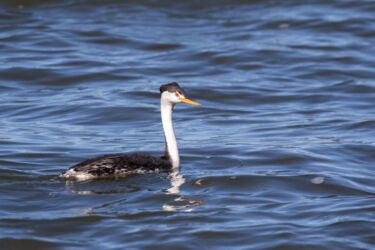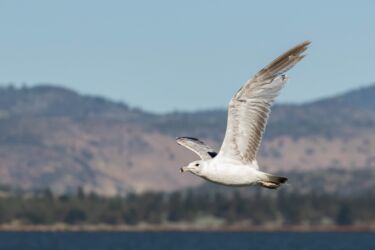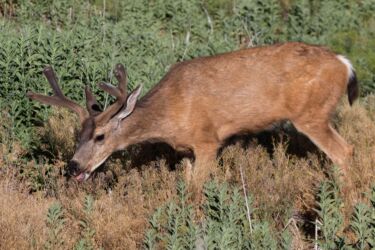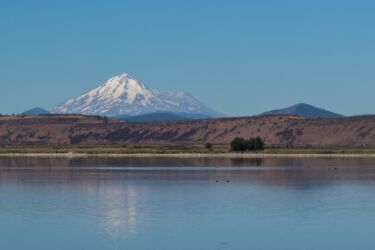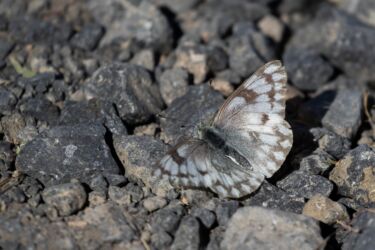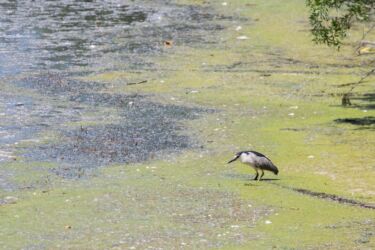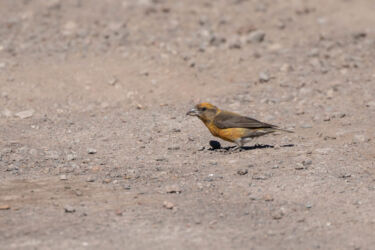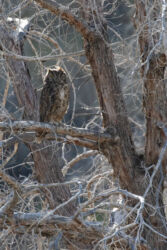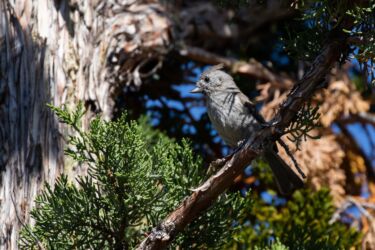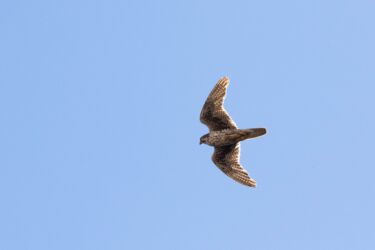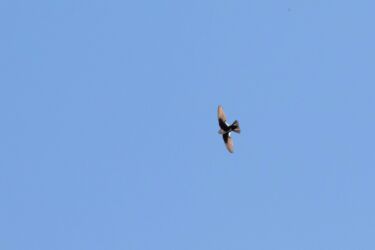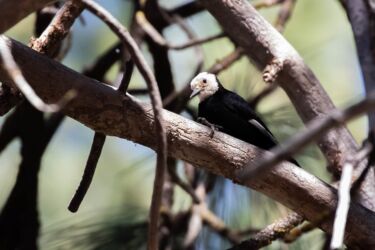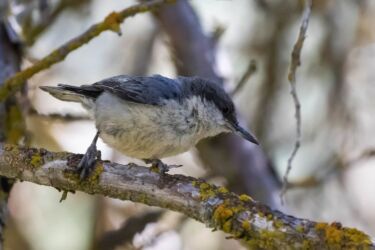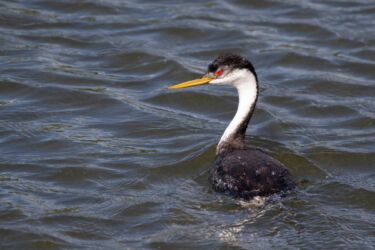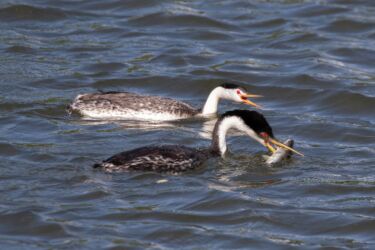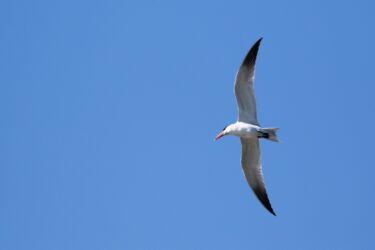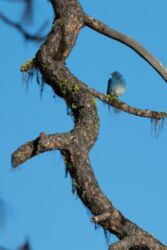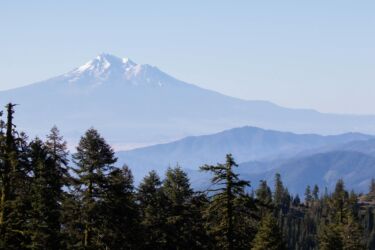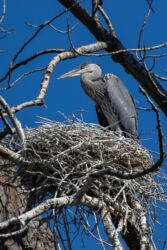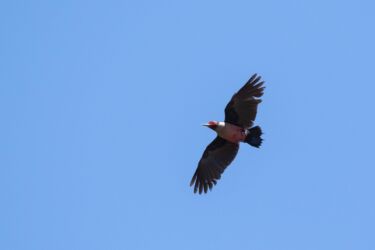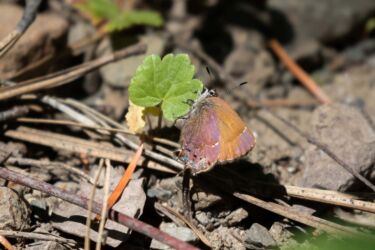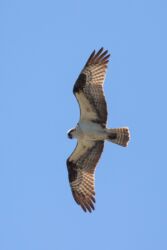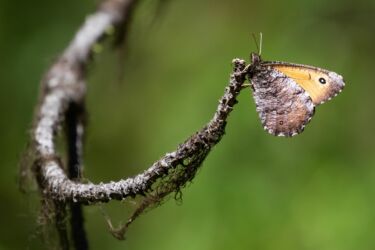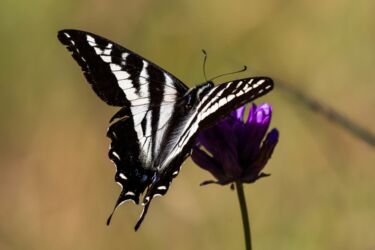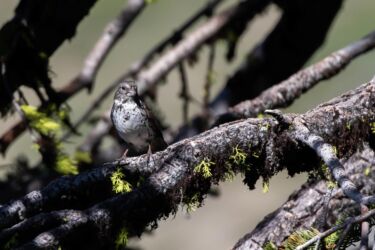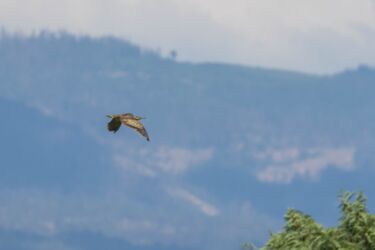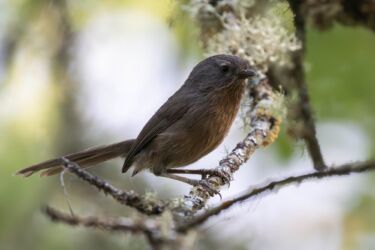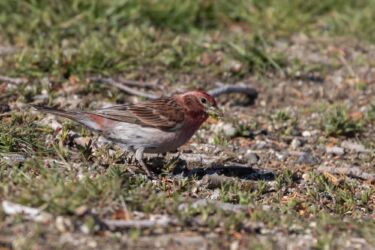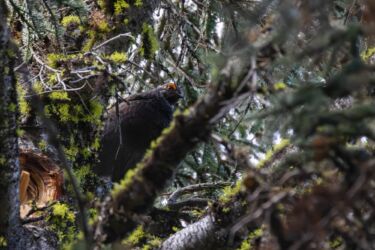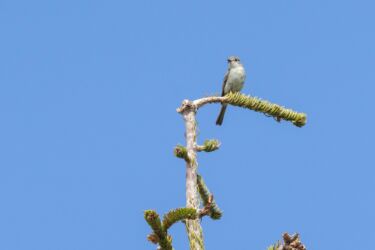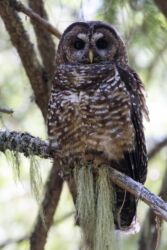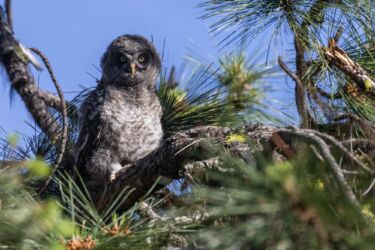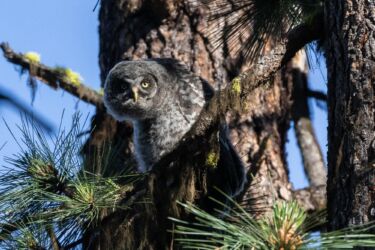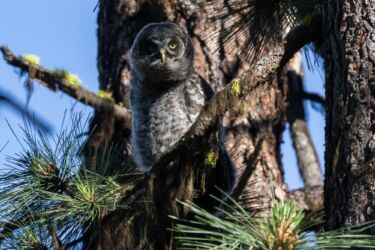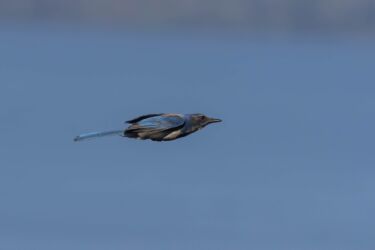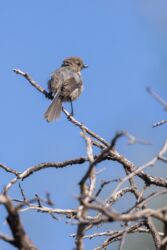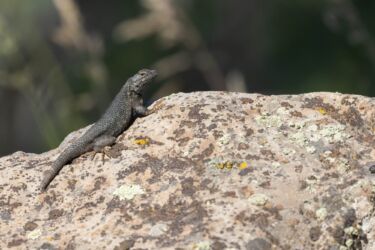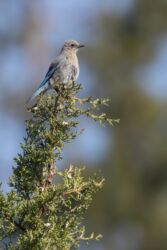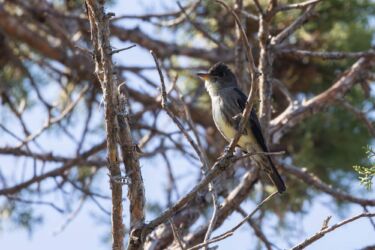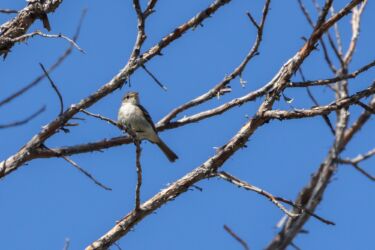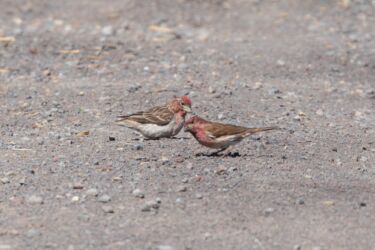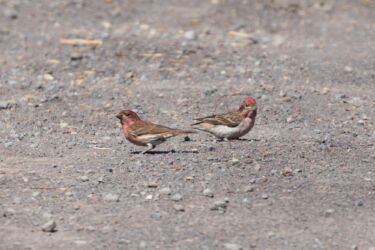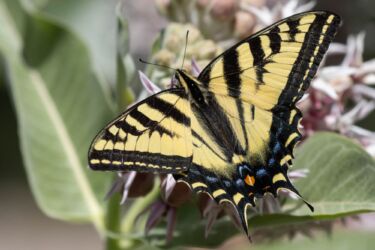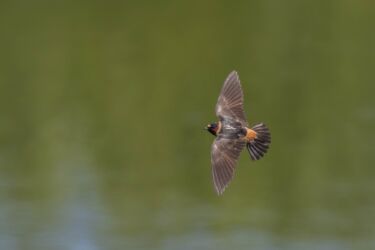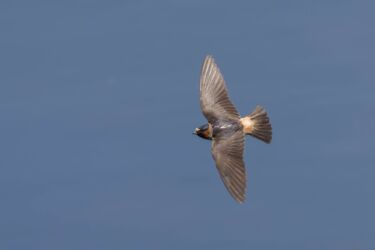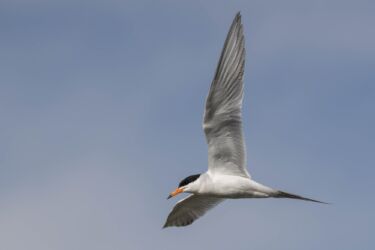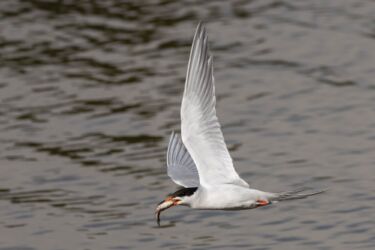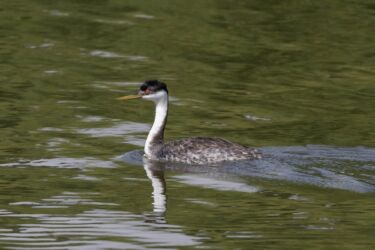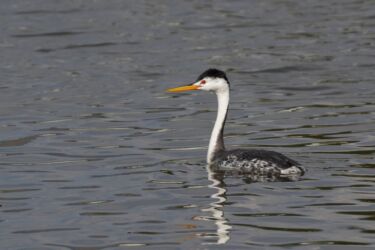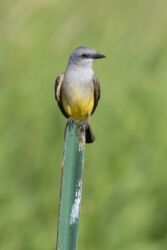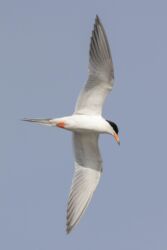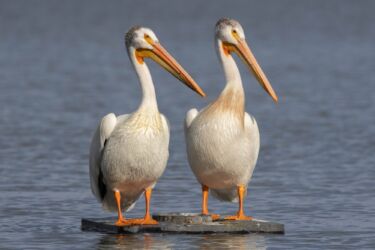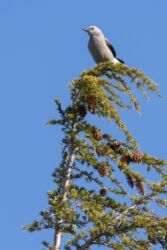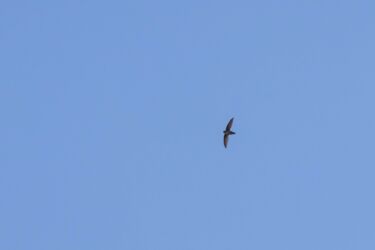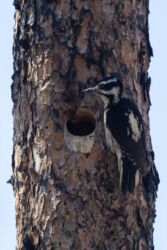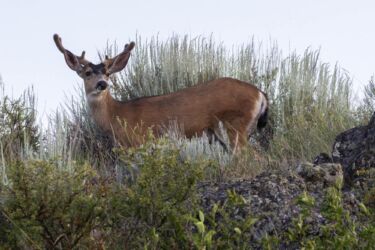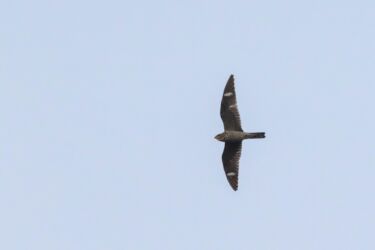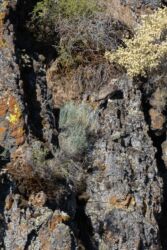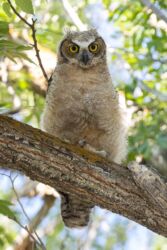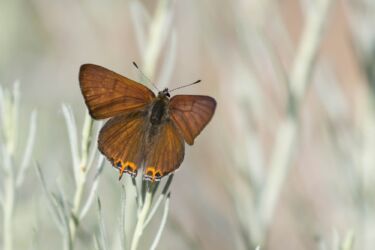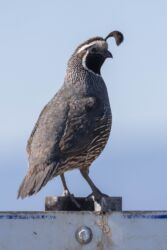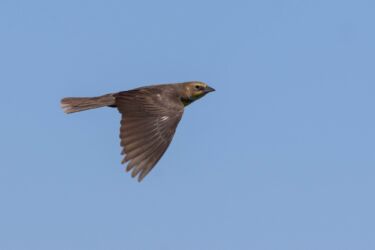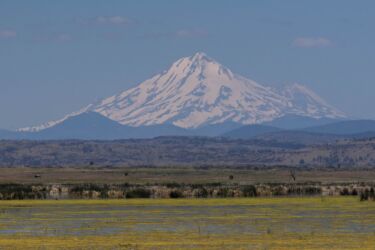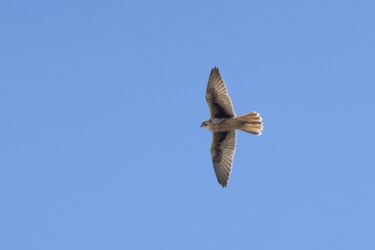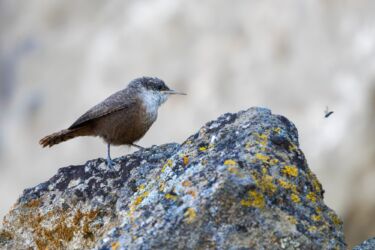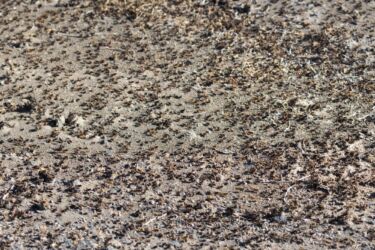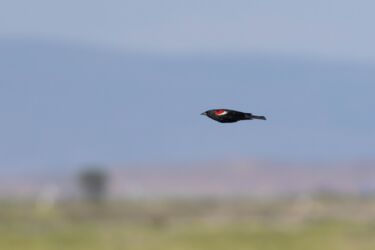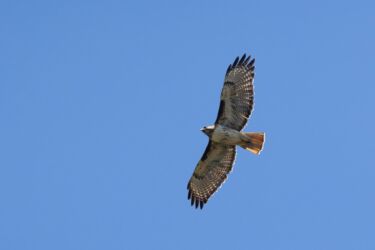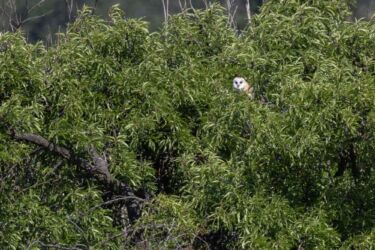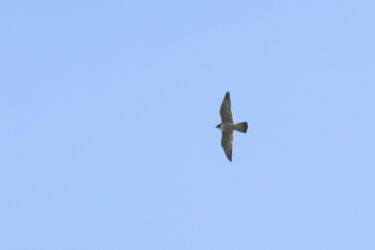Greg Miller Big Year Tour Series
OREGON: Crater Lake & Klamath Basin

TOUR FOCUS
BIRDS & WILDLIFE
SCHEDULED TOURS
TRIP LEADERS
TOUR COST
From: $2,800 (See details)
Cost is per person, double occupancy from Medford, Oregon (MFR)
GROUP SIZE
3 - 7 Participants
AVAILABILITY
This tour is currently open to private tours only – please contact us if you and your birding group would like to arrange this trip as a private tour!
PRIVATE TOUR OPTION
This tour is available as a private trip for any size group. The tour cost will vary with the number of people and any custom requests.
TESTIMONIALS
Highlights of OREGON: Crater Lake & Klamath Basin
Description of OREGON: Crater Lake & Klamath Basin
Huge expanses of wildlands and a convergence of eco-regions bring together an impressive diversity of birds and other wildlife in southern Oregon. From the damp, old-growth forests of massive Douglas-Fir, cedar, and Madrone that cover the Siskiyou Mountains; to the dry, mixed-conifer forests and meadows of the Cascade Mountains; to the high-elevation sagebrush deserts of the Klamath Basin there is ample space and endless habitats to maintain healthy populations of nesting birds. Top regional endemics include Hermit Warbler, Mountain Quail, Sooty Grouse, White-headed Woodpecker, and Tricolored Blackbird and in total, nearly 200 bird species make this region their summer home! Pacific Northwestern specialties like Wrentit, Red-breasted Sapsucker, Band-tailed Pigeon, Townsend’s Warbler, Hutton’s Vireo, ‘Western’ Purple Finch, and Chestnut-backed Chickadee join iconic western species like Williamson’s Sapsucker, MacGillivray’s Warbler, Western Tanager, and Lazuli Bunting. The endangered ‘Northern’ Spotted Owl still hangs on here in remnant old-growth ravines, battling it out against invading Barred Owls and the timber industry. Dry oak savannah and manzanita scrublands of the Rogue Valley offer habitat for California Towhee, Oak Titmouse, ‘Pacific’ White-breasted Nuthatch, California Quail, and California Scrub-Jay. Golden Eagles soar above rocky cliffs, and elusive Great Gray Owls can be found tucked away at the edges of mountain meadows.
Crater Lake National Park is nestled like a jagged crown into the high elevations of the Cascades. Climbing up through the spruce-fir forests we’ll find Mountain Chickadee, Canada Jay, and Red-breasted Nuthatch. Western finches like Cassin’s Finch, Pine Siskin, Evening Grosbeak, and Red Crossbill roam the forest canopy in nomadic flocks. As we reach the rim of the crater, the sheer grandness of Crater Lake will leave you speechless. The ‘crater’ is actually the remains of a massive, imploded volcano known as Mount Mazama. This formed the deepest lake in the United States, and nothing can beat its incredible deep-blue color and perfect clarity. Clark’s Nutcrackers, Common Ravens, and Steller’s Jays patrol the edge of the crater, and we might spot a Northern Goshawk or Peregrine soaring along the updrafts! Range-restricted Gray-crowned Rosy-Finches are rare, but do nest along the rugged rim of the crater. Short hikes through the forest will immerse us in pristine western forest, complete with picturesque waterfalls and dozens of butterflies gathering at seeps and springs. Listen carefully for the haunting calls of Varied Thrush and the never-ending song of Pacific Wren. Black-backed Woodpecker and, rarely, American Three-toed Woodpecker can be found if there are recently-burned areas of forest nearby.

Crater Lake National Park
The Klamath Basin below Crater Lake straddles the Oregon/California border. This 15,751 square-mile drainage contains multiple large lakes and an expansive wetland area amid sagebrush flats and desert. Relentless drought has created a water war in the region, but we will visit the most productive areas of the basin in search of a hint toward what was once “the greatest feeding and breeding ground for waterfowl on the Pacific coast”. The endangered and range-restricted Tricolored Blackbird will be our primary target here in addition to Clark’s and Western Grebes, American Bittern, Black Tern, Cinnamon Teal, and many other wetland birds. We have often heard Yellow Rails softly making their tapping calls in the Klamath Basin’s shortgrass wetlands – a small and isolated population of this very rare species. Jumping over into California we will visit Lava Beds National Monument where we can explore underground caves created by lava tubes, and then search the rolling sagebrush hills for Sage Thrasher, Prairie Falcon, Brewer’s Sparrow, Gray Flycatcher, Western Meadowlark, and Horned Lark.
This 7-day trip is sure to be jam-packed with great birding opportunities while we explore a beautiful and under-appreciated corner of the country. Although we will visit a wide array of locations, a pleasant aspect of this trip is how close everything is – we will be based out of just 3 hotels during the week which makes for a more relaxed experience. Join Alex on the West Coast for this fun and adventurous tour of southern Oregon!
Length of Tour
7-Days/6-Nights
Brief Itinerary
Day 1 – Arrivals at Rogue Valley-Medford Airport, Rogue Valley birding. Night Plaza Inn & Suites, Ashland.
Day 2 – Mount Ashland & the southern Cascades. Night Shilo Inn, Klamath Falls.
Day 3 – Crater Lake National Park, upper Klamath Basin. Night Shilo Inn, Klamath Falls.
Day 4 – Modoc Rim & Upper Klamath Lake. Night Shilo Inn, Klamath Falls.
Day 5 – Tule Lake NWR & Lava Beds National Monument. Night Shilo Inn, Klamath Falls.
Day 6 – Southern Cascades hotspots. Night Plaza Inn & Suites, Ashland.
Day 7 – Local birding as time allows. Departures from Rogue Valley-Medford Airport.
Detailed Itinerary
*Exact birding itinerary subject to change depending on current conditions, and an ever-increasing threat of wildfires may cause closures to some birding destinations. Early arrivals should plan to stay at Plaza Inn & Suites, Ashland.
Day 1 – Arrivals at Medford Airport, Rogue Valley birding. Night Plaza Inn & Suites, Ashland.
We suggest a morning arrival at the Rogue Valley International-Medford Airport so that we can maximize time spent birding on our first day, or to arrive a day early. We will set out to some Rogue Valley hotspots near Medford and Ashland to kick off the tour and get acquainted with the local bird community! Targets in the valley and nearby foothills include Wrentit, California Towhee, Acorn Woodpecker, Black Phoebe, California Scrub-Jay, Lesser Goldfinch, Anna’s Hummingbird, Western Kingbird, Western Wood-Pewee, Violet-green Swallow, Yellow-breasted Chat, Brewer’s Blackbird, Northern Mockingbird, and Bullock’s Oriole.
Exploring shaded mountain ravines of the Siskiyou Mountains should produce sightings of Pacific Wren, Western Tanager, Nashville Warbler, and Pacific-slope Flycatcher. We will end the day at the base of these mountains in the beautiful little town of Ashland. The coastal mountain range extends over 100 miles, straddling the border of California and Oregon. Due to its proximity to the Pacific Ocean the forests receive over 100 inches of rain each winter. This wet environment promotes a huge diversity of plants and animals, and is also home to some of the largest trees in the United States. Towering Coast Redwoods, Douglas-Fir, Incense Cedar, and Shasta Red Fir dominate the lichen-covered forests while Pacific Madrone, manzanita, and California Black Oak bring some color to the dense understory. After dark we will search for Western Screech-Owl and Barn Owl. Night in Ashland.
Day 2 – Mount Ashland & the southern Cascades. Night Shilo Inn, Klamath Falls.
On our first full day we will head out early and climb up into the scenic Cascade-Siskiyou National Monument to visit the high elevations areas of Mount Ashland. Locally these mountains create the southern boundary of the Rogue Valley, but the Cascades are a major range of the Pacific Northwest and extend from British Columbia to northern California. As part of the “Ring of Fire” the Cascades are famous for the many volcanoes that make up the higher peaks. The western slopes of the Cascades receive substantial precipitation, but much of the range is dryer. Oak savannah persists in the lower elevations but is threatened by development and agriculture. Middle elevations are dominated by pine-oak forest, and then in the higher areas coniferous forests are broken up by extensive meadows.
Gamebird species are diverse here and include Sooty Grouse, Ruffed Grouse, Wild Turkey, California Quail, and the elusive Mountain Quail. A nice assortment of West Coast songbirds are common and we will search for Black-headed Grosbeak, Townsend’s Solitaire, Steller’s Jay, MacGillivray’s Warbler, Hermit Warbler, Lazuli Bunting, Green-tailed Towhee, Mountain Chickadee, Cassin’s Finch, “Thick-billed” Fox Sparrow, and Rufous Hummingbird. Band-tailed Pigeons perched in snaggy tips of massive trees, and Golden Eagles are regularly seen soaring overhead. Olive-sided, Hammond’s, and Dusky Flycatchers should all be encountered too! Where madrone dominates the forest composition, listen for Hutton’s Vireo, Nashville Warbler, and Cassin’s Vireo singing. Mountain Quail may be found along the edges of the forest roads, always quick to dart into dense cover. A few stops in the oak-savannah hillsides can be a great place to find Oak Titmouse, Ash-throated Flycatcher, California Towhee, “Pacific” White-breasted Nuthatch, Spotted Towhee, and Bewick’s Wren. Narrow, rushing creeks can have nesting American Dippers! Watch in mountain meadows for elk and ‘Columbian Black-tailed Deer’ – the local subspecies of Mule Deer. After an hour drive from the Cascade to Klamath Falls, we will visit a few lakeside hotspots for waterbirds before checking into our hotel. Night in Klamath Falls.
Day 3 – Crater Lake National Park, upper Klamath Basin. Night Shilo Inn, Klamath Falls.
We’ll be up early and heading toward Crater Lake National Park. At sunrise we will visit a small, shortgrass wetland area where we may hear Yellow Rails, Sora, Virginia Rail, Wilson’s Snipe, Barred Owl, and various songbirds. From there we’ll wind our way up through the forested slopes of Mount Manzama to stand at the rim of the volcano overlooking Crater Lake! Views of the lake will be astonishing, and you will be entranced by the unbelievable blue color of the huge lake filling the imploded volcano cone. This lake is fed entirely by rain and snow-melt – there are no rivers or creeks running into it.
Birding along the rugged western rim of the crater can result in finding Gray-crowned Rosy-Finch, Townsend’s Solitaire, Cassin’s Finch, and Clark’s Nutcracker. Yellow-bellied Marmots and American Pika may be encountered on the talus slopes! After lunch we will take short hikes along various trails, and explore hidden corners of the park. The birding should be rich, with many species caring for recently-fledged young. Nashville Warbler, ‘Audubon’s’ Yellow-rumped Warbler, Pacific-slope Flycatcher, and Cassin’s Vireo are plentiful. Red-breasted Sapsuckers and many other woodpeckers fill the forests. Butterflies and Rufous Hummingbirds can be abundant around open meadows full of wildflowers! Curious Canada Jays can offer exceptionally close encounters! Listen carefully for Evening Grosbeak and Red Crossbill flocks overhead! Night in Klamath Falls.
Day 4 – Modoc Rim & Upper Klamath Lake. Night Shilo Inn, Klamath Falls.
We will visit the shores of the Klamath Lakes in search of Clark’s and Western Grebes plus Eared Grebe, Black Tern, and American Bittern. Forays into the Ponderosa Pine forests along the eastern slope of the Cascades is home to Pygmy Nuthatches, White-headed Woodpeckers, Black-headed Grosbeak, and Oak Titmouse. Across the basin, we will explore the dry Modoc Rim and search for the tiny Calliope Hummingbird, Lazuli Bunting, and Green-tailed Towhee. After lunch we will explore the marshes and floodplains along the Oregon/California border where we should find massive colonies of the endangered Tricolored Blackbird packed into the cattails and grasses. Additionally Yellow-headed Blackbird and Red-winged Blackbirds nest in these wetlands. Sometimes the northward-expanding Great-tailed Grackle can be found here. American Avocets and Black-necked Stilts nest in shallow ponds and on saline flats. Black-crowned Night-Heron, Caspian Tern, and many species of ducks nest in this huge refuge including the stunning Cinnamon Teal and we might catch a glimpse of North American River Otter, Coyote, American Beaver, Muskrat, or the introduced Nutrias. Beware that recent droughts and over-consumption of water by area farmers has resulted in much lower water levels during the summer, and some years the number of waterbirds is greatly diminished. In this case, we will focus more time on forest birding, etc. Night in Klamath Falls.
Day 5 – Tule Lake NWR & Lava Beds National Monument. Night Shilo Inn, Klamath Falls.
Our first birding stop this morning will be to visit nest sites of Golden Eagle and Prairie Falcons. If we are lucky we might spot a White-throated Swift zooming along the cliff faces, and Cliff Swallows will be busily tending to their mud nests. Ring-necked Pheasants and California Quail are abundant in agricultural areas, as well as Brewer’s Blackbirds and Bullock’s Orioles. Entering the Lava Beds National Monument will take us through rolling hills of tall sagebrush where we can find Sage Thrasher, Brewer’s Sparrow, Ash-throated Flycatcher, Blue-gray Gnatcatcher, Western Meadowlark, and Horned Larks. Northern Harriers and Loggerhead Shrike hunt the brush. Bring a headlamp so that we can take a walk through an underground lava tube and look for bats! Heading back north through the Klamath Marsh we should see Great and Snowy Egrets, Forster’s Tern, Cinnamon Teal, and 100s of White-faced Ibis! Night in Klamath Falls.
Day 6 – Southern Cascades hotspots. Night Plaza Inn & Suites, Ashland.
Our primary goal for the morning will be to track down a Great Gray Owl. The Cascades of Jackson and Klamath Counties are home to the densest population of Great Grays in the Lower 48! This will require a very early start, well before dawn. If we are lucky we might find one hunting the edge of a meadow at sunrise, and depending on recent intel we might visit a nesting territory. During our search for the mighty owl we may also encounter Mountain Quail, Williamson’s Sapsucker, and White-headed Woodpecker. Sandhill Cranes and a threatened subspecies of Vesper Sparrow nest in the open meadows, and Red Crossbill and Evening Grosbeak search for pine seeds at the forest edges. Back in the Rogue Valley, we will search for ‘California’ Red-shouldered Hawk, Anna’s Hummingbird, Acorn Woodpecker, and any last-minute targets that remain. Night in Ashland.
Day 7 – Local birding as time allows. Departures from Rogue Valley-Medford Airport.
Departures from Rogue Valley International-Medford Airport (MFR) during the morning hours would be best due to West Coast flight schedules, and we can bird local hotspots if there is any time before airport drop-offs.
Cost
Cost is $2,800 per person, based upon double occupancy, from Medford, Oregon (Airport code MFR).
This trip ends in same as arrival city (Airport code MFR).
Cost Includes
Cost includes airport transfers, all ground transportation, accommodations, entrance fees and services of your professional leader(s).
Cost does not Include
All meals, flights to/from destination city, trip insurance, or anything that is not specifically mentioned in the itinerary. Tips for our guides are appreciated.
Minimum Number
If fewer than the minimum number of participants registered the trip can still run with a small-group supplement fee per person determined by the number of participants.
Single Supplement
If a single room is preferred, or we are unable to find a suitable roommate for you, a single supplement fee of $450 will be assessed.
Deposit Requirements
A $500 deposit per person is required to hold each space on this tour. Deposit may be made online by clicking the "Book Your Trip Now" button and using any credit card. If you prefer, you may call us at 888-875-9453 to pay by phone. You may also mail us a check, however, remember that all space is held on a first come-first served basis as deposits are received.
Minimum Number
If fewer than the minimum number of required participants are registered, we may still be able to run the trip by adding a small-group supplement fee, per person, determined by the number of participants registered.
How to Book
In order to hold your space, click the "Book Your Trip Now" button above and complete the deposit process, including payment of the deposit through our Paypal portal using ANY CREDIT CARD. Upon completion of deposit, please visit our secure, online CLIENT INFORMATION FORM to complete your registration.
Final Payment
For all land-based tours: full payment by check is due 120 days prior to the departure date.
For all boat-based adventure cruises of 7-days or longer: full payment by check is required 180 days prior to departure.
NOTE: If you prefer to use credit card for final payment, a 3% fee may be added to cover the credit card merchant fees we incur.
Activity Level Rating: 3 (Note: 1 is easy and 5 is difficult)
Walks will be on mostly flat terrain, but we won’t give up until we get the birds! Prepare for one higher elevation hike on a moderate difficulty trail which gains elevation quickly over the course of several switchbacks. We will take this hike at a slow, birding pace though! This tour has all early morning starts to make the most of the ideal birding hours!
 Recommended Field Guide
Recommended Field Guide
Sibley Birds West (2nd Edition, 2016, Knopf)
by David Allen Sibley
Sibley Birds is also available as an App for iPhone and Android.
Non-smoking Tour
This trip is for non-smokers only. Smoking is not permitted at any time during our tour.
Purchasing Flights
Do not purchase your flights until the trip has been confirmed to go.
Detailed Trip Information
Upon notification that final payment is due (120 days prior to departure for land based tours / 180 days for boat based tours), you will receive a trip package of detailed information for your tour.
Any additional information about the trip, including lodgings, contacts, participants, meeting locations, etc., will sent about 2 weeks prior to the trip departure, or after final payment is received for late registrants.
Travel Insurance
As with all tours, we recommend purchasing Travel Insurance to help cover your investment, for covered reasons. Please see our section on Travel Insurance.
Passport & Visa
US Citizens may require a visa to enter certain foreign countries. See above for any required visa information.
Participants arriving to the USA from a foreign country may need to get a travel visa to enter the United States. Be sure to check the requirements for your country of origin.
Itinerary Changes
The trip itinerary is developed many months ahead of time. Occasionally, despite our best planning, changes may occur during the trip, or we may be forced to alter our plans. Changes may occur because of weather, road conditions, safety concerns or other circumstances. In these situations, it is the leader(s) responsibility to carefully consider and implement appropriate alternatives. Any additional costs incurred because of changes will be the responsibility of each individual participant. Refunds will not be issued as a result of itinerary changes.
Trip Reports/Species Lists:
OREGON: Crater Lake & Klamath Basin 2023 eBird TRIP REPORT
OREGON: Crater Lake & Klamath Basin 2022 eBird TRIP REPORT
OREGON: Crater Lake & Klamath Basin 2021 eBird TRIP REPORT
OREGON: Crater Lake & Klamath Basin 2020 eBird TRIP REPORT
iNaturalist Guide to Wildlife, Insects, & Plants seen on this tour!

